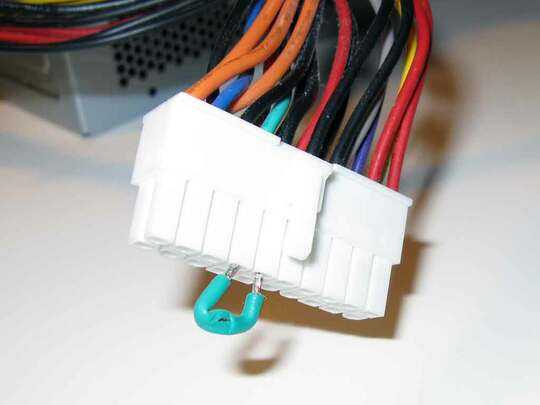I have used one of the testers which showed a faulty supply to be good. The problem is the tester doesn't put a proper load on the PSU.
I replaced the supply and that fixed the problem. The voltage is OK if no load is applied. I serviced yachts for many years with 12 volt lighting. Corroded connections due to salt water are very common. Customers would return a new bulb and claim it was bad. I had to explain that 12 volts would show on their multimeter with the bulb removed, but this did not prove the bulb was bad. The corroded connection limited the current. Same principle.


2Please tell me your Hard drives were "hot swappable"? – James Mertz – 2011-05-01T22:27:14.497
2Power supplies have a short-circuit cutout which resets after being disconnected for 30 seconds or so. Disconnect the mains supply to the computer completely and wait for at least 30 seconds. Reconnect it and try again. – Majenko – 2011-05-01T23:58:29.973
I can tell you that my hard drives survived. I can't tell you that they are hot-swappable (or else I'd be lying). – Sam Hoice – 2011-11-17T23:27:36.733